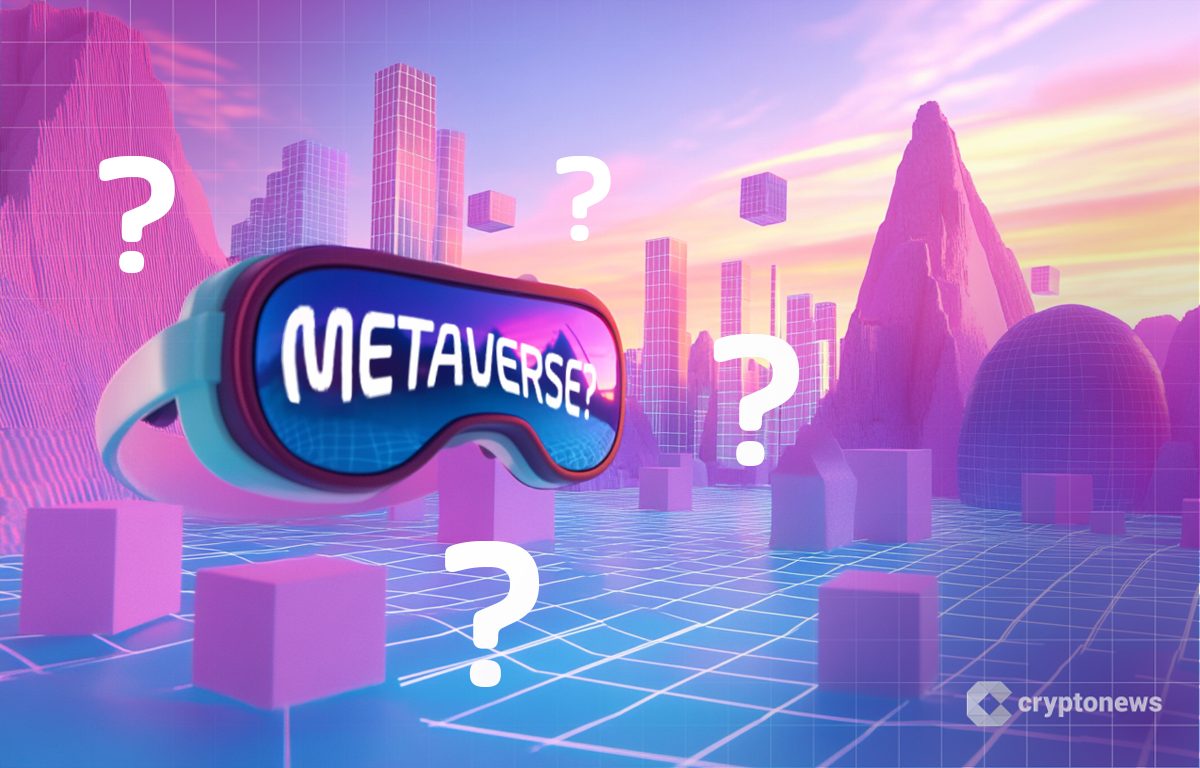
What Happened to the Metaverse?
- 21.03.2025 00:00
- cryptonews.com
- Keywords: metaverse
The metaverse has declined due to competition from generative AI and high VR/AR costs. While some projects thrive, experts suggest its success lies in integrating with existing industries rather than isolating itself.